
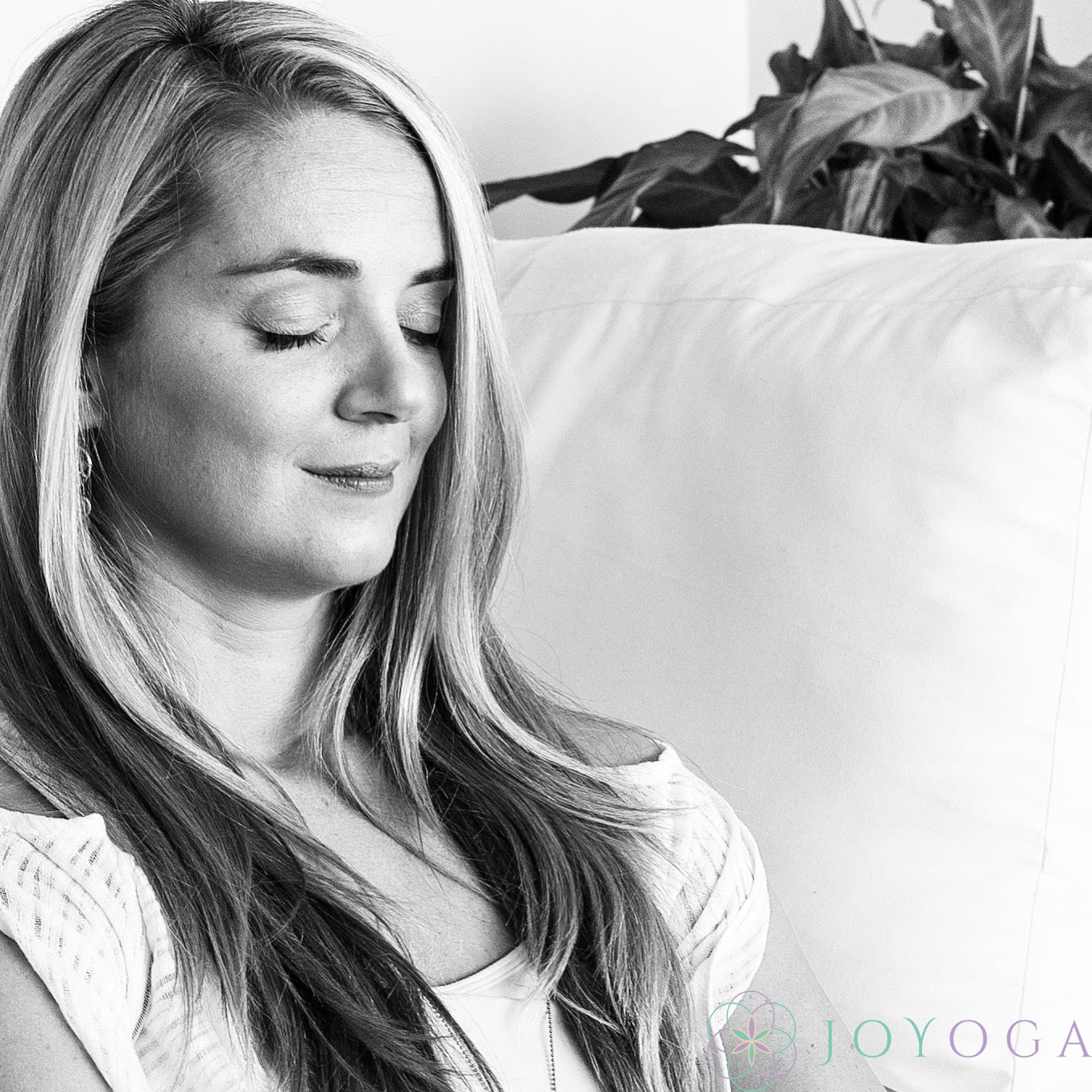
I invite you to pause for a moment and ask yourself: How many times today or yesterday did you judge yourself or others? How caught up were you in your own or other people’s words, actions or behaviours? How much energy did you give to those stories and behaviours?
It’s highly likely that you have admitted to yourself that you were not free of judgement. Whether it is someone cutting you off in traffic, a co-worker annoying you, the baby that won’t stop crying or your spouse not understanding your needs… we all get frustrated with life sometimes. We get frustrated, because we judge.
Judgement is a matter of the ego, never of yourself or the Self.
You may not relate when I speak about the Self, especially when it has a capital S. And that is ok.
You might refer to the same idea as god, spirit, soul, light, universe, core… or whatever works for you. A description that nails it for me personally is the very centre of my being.
In yoga philosophy, the centre of being is referred to as Purusha or Atman:
Atman is the nature and substance of who we are. Buried beneath baggage from our past and fears about the future is Atman. Atman is far beyond our episodes of sickness and health; it is transcendent of jobs, relationships, and social status. It is our True Self. – Darren Main
Finding a glimpse of this is the most invaluable asset I ever have ever discovered – and I will continue to discover.
Sometimes people ask me ‘how I am so happy?’ or ‘how I keep my sense of wonder?’. I am not always happy, of course. It would be great if I could claim that, but I cannot. However, I have come to know myself as something other than the crazy stories, feelings and emotions that my mind is presenting to me.
The feelings are the same, but I know they will pass. I understand they are a stress release of my system and they will leave my body. In fact, according to science, feelings and/or emotions will leave our body after 90 seconds and everything after is what we choose to do with them. Isn’t that crazy?
As a student and teacher, I have seen playing this out a lot on that yoga mat.
In the early years of my practice, I would hide in the back of the room myself because I thought I was not good or flexible enough. To date, this is one of the most common excuses I hear why people choose not to come to a yoga class.
I have also seen many injuries because students listened to their judgemental ego rather than their body. I have seen students push themselves to places further than their body was willing and ready to go to.
Because judgement leads to comparison and when the ego gets in the way we want to measure up.
There never is a reason or need for that.
One of the strongest practices I recently had was lying in reversed Mountain Brook Pose for 30 minutes. Go figure.
The highest form of human intelligence is to observe yourself without judgement. – Jiddu Krishnamurti
It’s never our job to judge. As I said before, accepting the truth of this will move us into something other than ego-based thinking and acting.
Meanwhile, be kind to yourself and others.
Seek compassion over judgement. Let someone ‘off the hook’ who did you wrong, knowing that the person did the best they could at the time. Start with that guy (…how judgemental) who cut you off in traffic.
Try to find comfort in knowing that you and others are less than perfect.
When you find yourself in judgement about yourself or another person, ask yourself:
And then make a commitment to pause. Make space for silence and an answer within that silence.
Namaste.
As always, I hope it goes well for you this week. Please get in touch if you have any questions.
 Another Post that�s poular
Another Post that�s poular Another Post that�s poular
Another Post that�s poular Another Post that�s poular
Another Post that�s poular Another Post that�s poular
Another Post that�s poular Another Post that�s poular
Another Post that�s poular Another Post that�s poular
Another Post that�s poular Another Post that�s poular
Another Post that�s poular Another Post that�s poular
Another Post that�s poular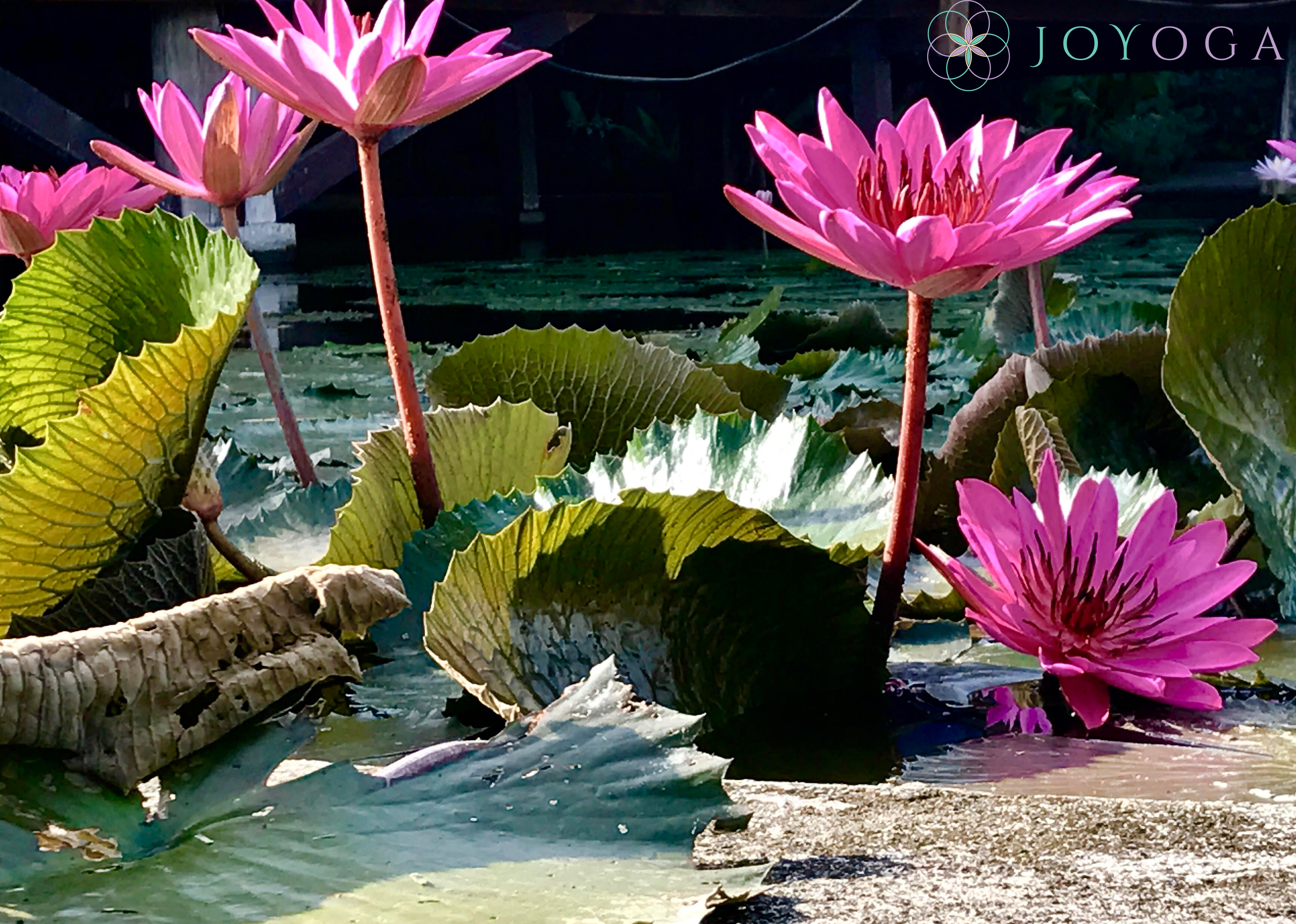
The theme of this week’s classes is PROGRESS, the act or process of getting nearer to a place or space where we would want to be.
Where there is movement (and as long as we breathe there is) there is progress. Always. In every single moment of our life. That is the nature of life. This always involves, in one way or another, growth and continuous development.
The opposite of progress is stagnation. I’ve briefly mentioned this here: Sometimes things seem mundane or even as they have come to a halt. Our life, our yoga practice or a specific situation may leave us thinking they are stagnating, yet that can’t be true. Remember, as long as we breathe there is always progress – whether that’s prana moving through your body, your body recreating cells, your thought patterns evolving or your life circumstances changing.
Of course, this may not always be obvious to our little monkey mind, which doesn’t believe what it can’t see, touch or hear. However, if we open ourselves up to something greater than that, we realise that every experience that we have contains purpose and meaning.
It becomes possible for you to trust that everything that is meant to come your way will arrive in due time, that you will be with the right people at the right moment, and that divine guidance flows into your soul.
– Caroline Myss in Sacred Contracts
According to yoga philosophy, Avidya (not seeing clear) is the root of all suffering. Translated, it literally means incorrect comprehension. Apparently, we don’t see things as they really are (how could we possibly if our mind is running 95% of the show?) and are deceiving ourselves with the voice of the monkey mind mentioned above.
Further to that, Patanjali’s Yoga Sutra 1.31 defines nine obstacles that cause suffering (Dukha) to the human being. Here they are:
Well, this might have left me thinking at times: Holy f**** (you were thinking ‘fairy’, were you?), I made no progress in my spiritual practice whatsoever. However, then I remember my first yoga class. There is no nice way to put it: I hated it. Although I was young (like very young), my body and my mind were in pain.
I would be the one in the back corner of the room and my thoughts would go something like that:
Why am I even here? This is shit. She [the teacher] is weird and so is everyone else in the room. Only 40 more minutes, thank God. What will I have for dinner after? Uh, I know – I will cook a nice Stir-fry. Can’t wait, so hungry. Jeez, I could be cooking it already. What a waste of my time – I will so not come back, like ever.
Soon came Savasana (finally!) and the walk home and I got a glimpse of what a pain-free body, mind and life could feel like. And there I was, doing it all over again next Thursday in search for that glimpse.
Now, fair to say progress has been made.
The commitment to a consistent yoga practice will not only improve your physical posture and balance, more so it will teach you awareness, consciousness, humility and a sense of self and stillness. When we practise asanas, the physical postures of yoga, we’re using the body to understand and progress our internal and spiritual world.
As your confidence rises so will your standing poses; as your heart softens so will your backbends; as your perspective shifts so will your inversions.
No one ever (not to my knowledge anyway) stood in Headstand overnight. Whilst not wanting to promote this pose as a result of an advanced practice (because it is not), it is a good example for progress: Getting there seems impossible, you most certainly would have felt a lot of stagnation along the way and then suddenly – uh-oh – your legs are lifting up.
And here is the point: Everything beforehand led up to this point. You built up your posture, your alignment and your core strength. You calmed your mind and opened yourself up to different perspectives. It may have taken years, yet without your knowing things were always moving, always progressing. Nature will always have us move in the right direction.
I know, the Lotus flower story is an oldie, but it does offer a beautiful analogy:
The lotus flower emerges from the dirt and mud of the bottom of the pond, rising above all desires and attachments. This progress may be dark and difficult; however any intervention or disruption of this natural process would disturb the growth upward in the direction of light, beauty and purity. The lotus, therefore, symbolises the journey from darkness to light.
This is progress.
As always, I hope it goes well for you this week. Please get in touch if you have any questions.
 Another Post that�s poular
Another Post that�s poular Another Post that�s poular
Another Post that�s poular Another Post that�s poular
Another Post that�s poular Another Post that�s poular
Another Post that�s poular Another Post that�s poular
Another Post that�s poular Another Post that�s poular
Another Post that�s poular Another Post that�s poular
Another Post that�s poular Another Post that�s poular
Another Post that�s poular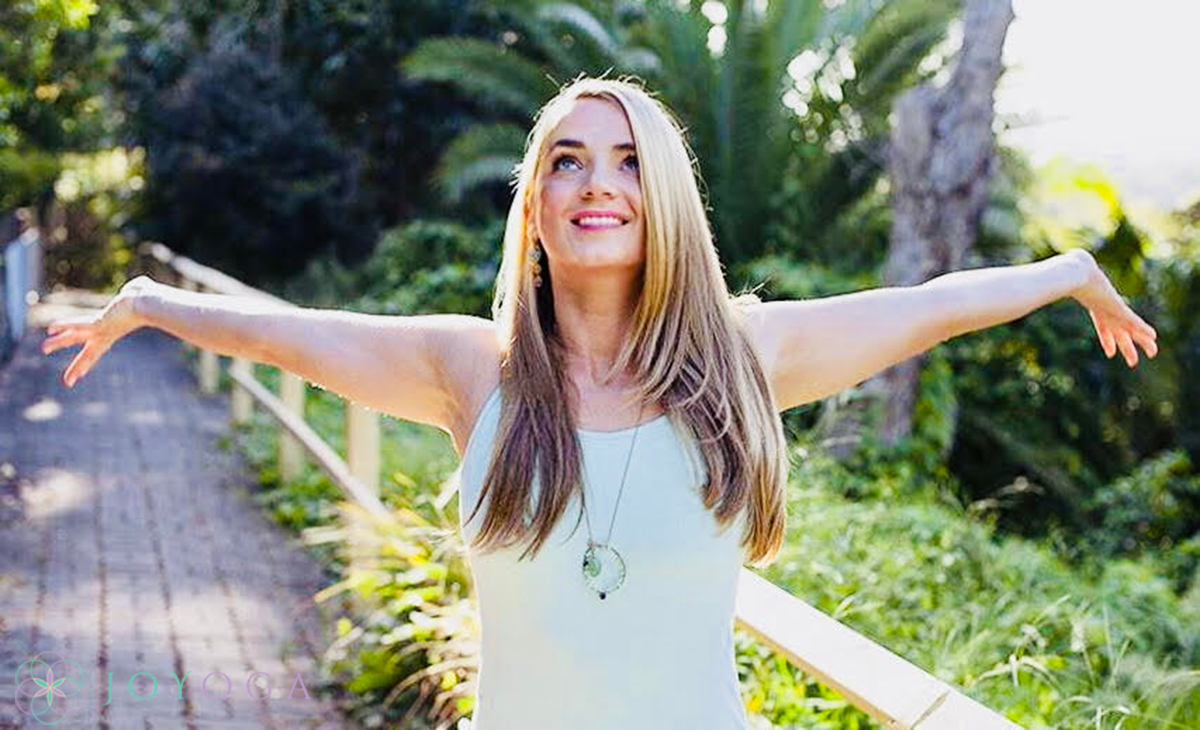
In this week’s classes we’re working with the concept of EXPLORATION, the act of searching for, (re-) discovering or exploring information, resources or something new.
I personally believe the very basis of a desire to explore is a strong foundation, an unshakeable trust, curiosity, courage and an open mind along with an open heart.
Whilst this applies to many situations and circumstances in life, the practice of yoga offers us a gift to explore and express the crux of it: our spirit, the deepest part of ourselves and the very centre of our being.
Spirituality – or yoga, in case this is a little too out there for you – refers to one’s search for a sense of meaning and connection through fulfilling relationships between oneself, other people and the whole of existence.
That, of course, always changes. There is always something new to discover and learn. Why else would we come back to our mat again and again and still get something out of it?
“In wisdom gathered over time I have found that every experience is a form of exploration.”
― Ansel Adams
Like with everything in life, it’s so easy to get bored and move into autopilot. One minute, things seem mundane or even as they have come to a halt. However, then new opportunities and discoveries can present themselves quite unexpectedly and we realise that nothing ever is the same. We just mustn’t lose our sense of wonder.
The reality is, each day is new and every morning when we get up we have absolutely no idea how the next 24 hours will unfold in front of us. Each day we are explorers of something new that we have not experienced before.
For example, the other morning while driving down to the ferry, I realised I forgot my mobile phone at home. First, I was stressing out and responding like an ego mind would respond: For God’s sake, how could I forget my phone? I’m so not grounded today. Why am I not grounded? I really should be grounded. I’m going to miss the ferry. I’m going to be late. Of all the things, that’s the last one I needed. Do I really need my phone today?
Any other day I would have embraced this as a phone-free day, however it turns out I needed my phone that morning. So, I paused and said to myself: Hang on, this is interesting. Let’s see what happens from here.
I took a detour back home and explored an area I wouldn’t have seen otherwise. Yes, I missed the ferry, but I bumped into an old friend of mine on the ferry after who I wouldn’t have seen otherwise. In fact, everything I explored that morning was completely unexpected – I discovered something new.
Nothing ever happens by chance. It’s our job to observe each situation and location as if we have not seen it before. It’s our job to note and observe patterns, focusing on all the things that happen around us. It’s our job to listen, feel, see and be here.
If you do so, I promise you that, you will never lose your sense of wonder.
Well, it all comes down to awareness and consciousness. There are people in this world who are sceptic towards the idea of mediation or connecting to something greater than that little ego mind. And don’t get me wrong – I get it. I really do. Sometimes I wish I would have never opened myself up to that. Because then I could still live an ignorant and seemingly pain-free life.
However, at some point I did choose to open up. So now I need to recognise what’s there and I can’t go back anymore. In the world we live in, the world I live in, there is always something to explore – whether that’s my body, my emotions, my relationships or my environment.
For me personally, the best way to do that is yoga. I’m not saying that must be true for everyone – find something that works for you. Some of the things I recommend in your daily life routine include walking, running, yoga, surfing, meditation, singing, dancing, writing, reading, painting or caring for others. All of that can be a spiritual practice.
The point is, approach it with curiosity and an open mind every time. Even if it’s the one-thousandth Downward-Facing Dog you’re coming into – how does it feel today? How is the articulation of your spine? How do your shoulders feel? The back of your legs? What are the sensations in your mind?
I’ve been choosing a regular practice of some kind for many years now. Rightfully so, you may think: Don’t you get bored? No, in fact, I don’t. Ever.
A day has 24 hours. A week has 168 hours and, according to Google, 10,080 minutes. I show up on my mat (the beach, ocean or whatever) with a different mood every time. So let’s say, I have about 3,000 different experiences every week. How could I possibly get bored of that?
Keep an explorer’s mind – curious, open and observant. If you do, I promise you that one thing: it will never get boring. In the world we live in there is always one more thing to explore and to learn.
As always, I hope it goes well for you this week. Please get in touch if you have any questions.
 Another Post that�s poular
Another Post that�s poular Another Post that�s poular
Another Post that�s poular Another Post that�s poular
Another Post that�s poular Another Post that�s poular
Another Post that�s poular Another Post that�s poular
Another Post that�s poular Another Post that�s poular
Another Post that�s poular Another Post that�s poular
Another Post that�s poular Another Post that�s poular
Another Post that�s poular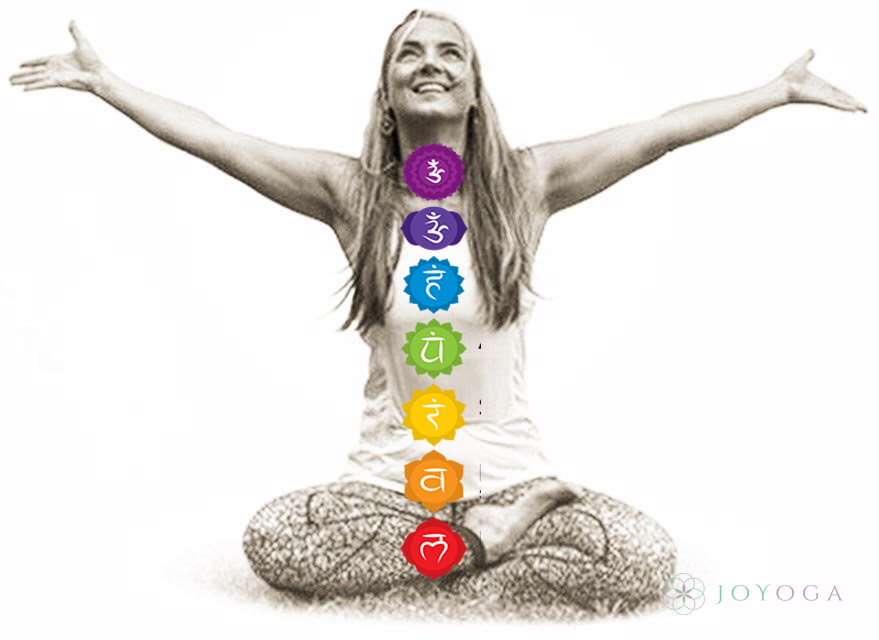
This week we are working with PRANA in class. Prana is a Sanskrit word that translates as vital life force, the subtle energy which animates all life and weaves through all creation.
Sounds spooky? I know, but it really isn’t.
Have you ever felt you’re in the flow and things are working out for you? Do you remember feeling lifted and at ease in a certain environment or in interaction with a particular person? Chances are energy was on point here – the flow of Prana feels good and naturally draws life purpose, joy, people and situations to us who are on the ‘same vibration’.
On the other hand, do you recall feeling tired or exhausted every time you entered a room? Do you remember feeling drained every time you hung out with a particular person? Do you feel ‘blah’ in your body or mind? Well, chances are the energy is stuck somewhere. No need to panic: The opportunity of change and the gift of bringing new vitality into certain areas of your life is right at your fingertips.
Through the chakras, seven major energy centres within your body. Chakras are located along the spine and commonly translated as energy centres or ‘spinning wheels of energy’. They hold and express information and are connected to specific physical and emotional areas in our life.
Let’s have a closer look at them:
Root Chakra (Muladhara) – The right to be here
Stability, survival, security, support, ability to relax, secure about self and circumstances
Focus in practice this week: Reconnection with body, grounding, bringing the energy downwards into the legs, hips and inner groins
Sacral Chakra (Svadhisthana) – The right to feel
Connection to others, relationships, trust
Focus in practice this week: Movement, connection with self in order to be able to connect with others, emotional release and letting go
Solar Plexus (Manipura) – The right to act
Will power, vitality, action, self-confidence, strength, autonomy
Focus in practice this week: Moving internal energy into action through powerful poses, building stamina and self-esteem
Heart Chakra (Anahata) – The right to love and be loved
Kindness, (self-) love, compassion, generosity, healing, joy
Focus in practice this week: Opening the heart, backbends, working with arms and finding balance
Throat Chakra (Visuddha) – The right to speak and hear the truth
Communication, expression, truth and creativity
Focus in practice this week: Neck, shoulders and sound (OM)
Third Eye Chakra (Ajna) – The right to see
Intuition, insight, clear vision, accurate interpretation
Focus in practice this week: Concentration, meditation, relaxation
Crown Chakra (Sahasrara) – The right to know
Wisdom, understanding, self-knowledge, awareness, union
Focus in practice this week: Meditation, relaxation
It is said that health and wellbeing can be achieved when there is a balanced energy flow through each of the seven major chakras. On the flipside, when prana is prevented from flowing naturally, either by becoming blocked or being overactive in one of those wheels, it can create disharmony on both the physical and emotional level. So, in class this week we’ve been working with release of any blockages in those areas.
In case the whole idea of energy centres along your spine is a little too out there for you, here are some fairly practical tips on how you can go about lifting energy in your day-to-day life:
Practise yoga & meditate – Exercise regularly to keep the energy moving. Become present to and connect with the quiet place within, the center of your being. Be in your body and feel into it with everything that’s showing up (happiness/ sadness, comfort/ pain, trust/ fear, excitement/ exhaustion) and simply allow it to be there. The simple act of holding space for the good, the bad and the ugly, will shift the energy. It’s one of the more challenging, but also one of the most rewarding parts of the practice.
Breathe – The breath is one of the most powerful ways to experience and exchange prana. To confuse things further, prana is subdivided into energetic components called Vayus (winds). There are five in total, however for simplicity let’s focus on Prana-Vayu (inwards and upward flow) and Apana-Vayu (downward and outward flow). So, with every inhale you naturally take in new energy (prana) and with every exhale, you automatically let go of old, stale energy (apana). The moment you show up on your mat and follow the simple instruction of breathing, you will activate this cycle – it’s a miracle.
Eat high-vibe foods – Nourish yourself with fresh, healthy food. I know I mentioned this before: this is not only about where you source your food from but also the attention and intention that goes into preparing it. I highly recommend to look into Ayurveda – there are many online resources and workshops in your local yoga studio available.
Surround yourself with the right people – Energy is contagious, surround yourself with people who reflect who you are or who you would like to be. Release toxic relationships if need be and let go of energy vampires – abusive, disrespectful and demanding people who suck the life right out of you. If it doesn’t support you in becoming a better version of yourself, if it leaves you feeling drained and fearful or simply in a state opposite of love, then perhaps it’s time to let it go. This, in turn, shows your willingness and commitment to healthy relationships and will automatically attract more loving and abundant connections into your life.
Laugh – Don’t underestimate the power of a good belly laugh. It’s a bullet-proof way to lift the energy and will break lower vibrations and destructive thought patterns. One of the teachers in my favourite yoga studio in Ubud, Bali does this thing at the end of every class: He asks everyone to join into the final practice and then just starts laughing frantically. At times, that really pissed me off. Especially when I was convinced that I really had nothing to laugh about. However, there is no other way but joining in and within seconds I usually found myself crawling on the floor because I thought it was so funny. That, of course, always led to the realisation that we (I) mustn’t take ourselves so seriously. There is always something to laugh about and be grateful for – no matter how difficult the circumstances at hand may seem.
Connect to nature – During a recent camping trip I noticed once again how the simple act of unplugging from the city, breathing fresh air and connecting with nature has the capacity to completely change ones energy. Allow sunlight to permeate your face, sit by the ocean, go for a swim, watch the stars or the moon, go for a hike… find something that works for you and connect with that. It’s a resource that’s always available.

I hope it goes well for you this week. Get in touch if you have any questions, otherwise I look forward to seeing you on the mat soon.
 Another Post that�s poular
Another Post that�s poular Another Post that�s poular
Another Post that�s poular Another Post that�s poular
Another Post that�s poular Another Post that�s poular
Another Post that�s poular Another Post that�s poular
Another Post that�s poular Another Post that�s poular
Another Post that�s poular Another Post that�s poular
Another Post that�s poular Another Post that�s poular
Another Post that�s poular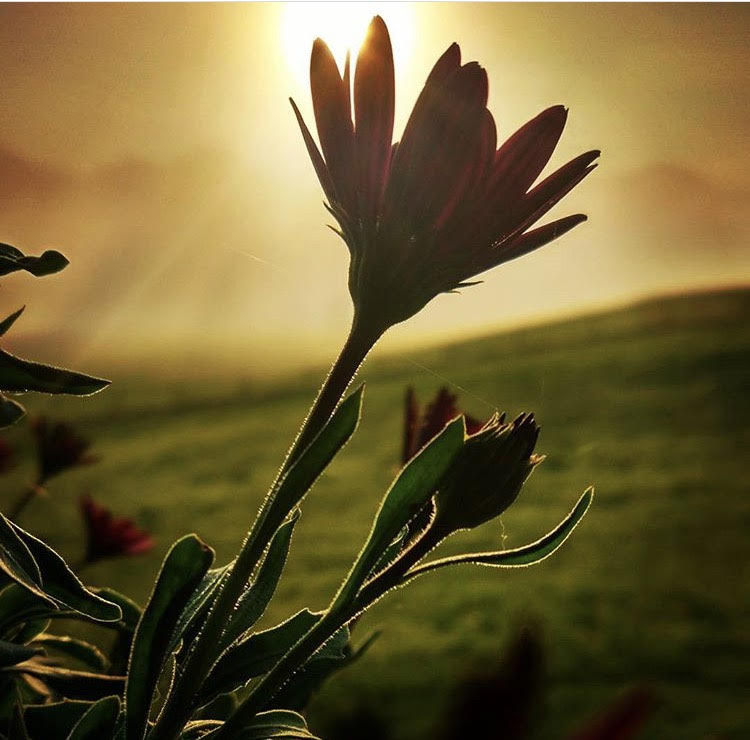
Feeling the first rays of spring here in Australia so distinctly, this process of clearing and release is inevitably followed by blooming and growth.
Hence, this week’s classes have been themed around CREATION.
The act or process of creation is bringing something into existence; starting something for the first time or introducing something new.
This, of course, can take various forms – it might be a new work project, creating a new home, preparing your garden for summer, a lifestyle choice or the simple act of introducing a new habit into your life.
A desire. A strong sense of what we want to invite into our lives.
Desire is nature’s way of communicating with us, showing us through intuition, gut feelings and physical reactions where we are moving in the right direction and where we are not. It will offer us a strong sense where and how we want to move (or not).
In order to feel this strong sense, rather than trying to figure things out, we need to connect with our true self. This is where the practice of yoga comes into play. As someone who is fairly systematic by nature, I have a tendency to wanting to figure things out, rationalising the hell out of situations or circumstances. Whilst there can be a lot of benefit to that, there is one thing that has not failed me: the practice of finding silence and connection to self (meditation).
Well, we’re always an expression of ourselves, our creativity. We create things, thoughts and situations every day. We are creators. That also means we must accept responsibility – we create the world as we would have it. I know, it’s crazy and scary, because you might say: “No, I don’t. I did not want/ ask for ____ [fill in the blank]”. The truth is though: It’s still part of your creation. Some might now argue it’s karma, but that’s a different blog post.
If our world and experience is other than as we would like it to be, we may begin to change it.
I had a conversation with a student about this today – it doesn’t need to be a major life change. Maybe start with reading about a topic of interest, establishing a new ritual, taking on a new hobby, gaining self-awareness and connection one breath at a time. Set an intention about what you would like to create in your life.
From this place of connection, you may find the world you would like to create. From here, nature will always have us move into the right direction.
As always, feel free to get in touch if you have any questions or sign up for one of my classes this week.
Asana (yoga postures) we work with this week:
Breathing practice (pranayama) we work with this week:
In Yin:
 Another Post that�s poular
Another Post that�s poular Another Post that�s poular
Another Post that�s poular Another Post that�s poular
Another Post that�s poular Another Post that�s poular
Another Post that�s poular Another Post that�s poular
Another Post that�s poular Another Post that�s poular
Another Post that�s poular Another Post that�s poular
Another Post that�s poular Another Post that�s poular
Another Post that�s poular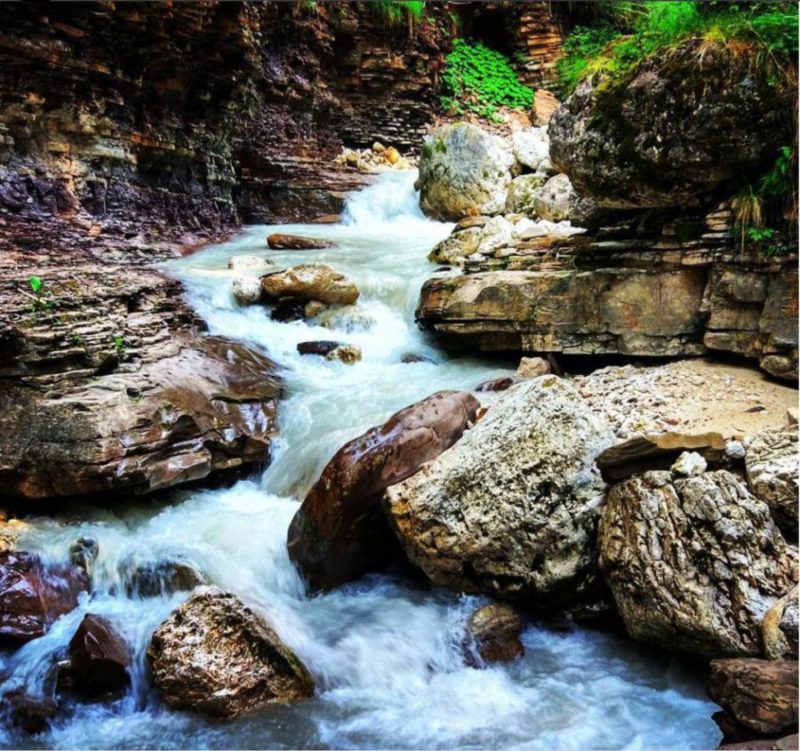
The Spring Equinox happens for us here in Australia tomorrow morning, encouraging ‘spring cleaning’ and new beginnings – a good time to declutter, clear-out and release.
This process of purification and cleanliness is described as Sauca in yoga philosophy, the first niyama (‘rules’ on personal observances).
Of course, this does not only mean to keep our body clean. There are a number of ways on how we can practise Sauca in our day-to-day life:
1. Find time for a regular yoga practice and/or exercise routine to engage the movement of life force & energy (prana) and allow letting go of physical waste and stale energy (apana).
2. Make healthier lifestyle choices by nourishing your body and mind with fresh food. Did you know that all food contains prana (or not)? This does not only depend on where you do your groceries, but also includes the attitude and intention you prepare your food with. So, give it some thought and love.
3. Maintain a clean space where you can thrive, live and work. They say a cluttered space is a cluttered mind, so you may choose to clear out some of the things that you no longer need (e.g. giving away old clothes).
4. Observe and become aware of destructive thought patterns. According to Osho, 95% of our being is ruled through our mind, which is scary given that this little sucker is no one to be trusted anyway. Identifying and detaching from negative thoughts may lead to more clarity of mind. I highly recommend meditation.
5. Identify toxic situations or circumstances. These can not always be changed, of course, however, simply becoming aware may change the dynamic of a situation that has been causing struggle. One of my teachers once said, there are three ways to respond to challenge:
I hope it goes well for you this week. As always, feel free to get in touch if you have any questions.
Asana (yoga postures) we work with this week:
 Another Post that�s poular
Another Post that�s poular Another Post that�s poular
Another Post that�s poular Another Post that�s poular
Another Post that�s poular Another Post that�s poular
Another Post that�s poular Another Post that�s poular
Another Post that�s poular Another Post that�s poular
Another Post that�s poular Another Post that�s poular
Another Post that�s poular Another Post that�s poular
Another Post that�s poular
The theme of this week’s classes is Centering.
According to Patanjali’s yoga sutra, one of the main and widely regarded texts on yoga, sutra 2.46 states, Sthira sukham asanam, most commonly translated as steadiness (sthira) and ease (sukha). Moving within that rhythm is essential to life and the foundation of a mindful yoga practice.
Sthira is the ability to be steady and focused in an asana holding the body, mind and energy for an extended period of time, whilst Sukha is the comfort that we may find in the discomfort as we drop into poses, listening to the sound and pace of our breath and totally tuning in with our being. This ‘tuning in with our being’ can invite circulation of life energy (prana), manifesting as awareness, release, joy and deep satisfaction.
In this morning’s class the phone of a student, who is a friend of mine, rang. As always when that happens, everyone got a bit unsettled and nervous, especially the person whose phone is ringing. However, I loved it because that is the crux of it:
Distraction and discomfort in the outer world is always going to be there and the question is not how we can eliminate that, but how easily and how quickly we can find back to center, our sense of being.
That sense of being is at the center of everything. The moment we can connect with ourselves at this center, all that we do is filled with joy, equanimity and bliss. And bliss is the nature of our being – we’re all here trying to find it, aren’t we?
Giving yourself the opportunity of transcending all the outer world chaos to experience the calm and joyful center within, seeking strength and cheerfulness, is at the core of practising yoga and mindful living.
Asana (yoga postures) we’ll work with this week:
Breathing practice (pranayama) we’ll work with this week:
Happy practising, everyone. As always, please contact me here if you have any questions or sign up for one of my classes this week.
 Another Post that�s poular
Another Post that�s poular Another Post that�s poular
Another Post that�s poular Another Post that�s poular
Another Post that�s poular Another Post that�s poular
Another Post that�s poular Another Post that�s poular
Another Post that�s poular Another Post that�s poular
Another Post that�s poular Another Post that�s poular
Another Post that�s poular Another Post that�s poular
Another Post that�s poular